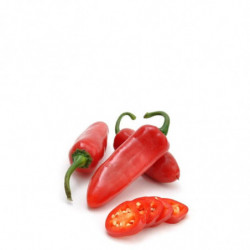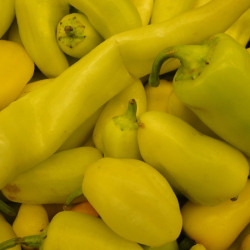Discover the Versatility of Leek
Leek, also known as "porro," is a vegetable that belongs to the Liliaceae family, just like onions and garlic. It is characterized by having a long, cylindrical stem with dark green color at the top and white at the bottom. The diameter of the stem varies from a few millimeters to several centimeters, depending on the variety. Leeks have flat, long leaves that grow in a rosette shape at the base of the stem.
Composition and Nutrients
Leek is a very healthy vegetable, low in calories and rich in nutrients. It is a good source of vitamin C, vitamin K, and folic acid. It also contains iron, calcium, potassium, magnesium, and dietary fiber.
Origin and Current Cultivation Areas
Leek originates from Asia and Europe, but it is currently cultivated worldwide. The major producers are China, France, Spain, and the United States.
History
Leek has been cultivated and consumed since Roman times and was highly valued for its medicinal properties. In the Middle Ages, monks grew leeks in their gardens and used them to cure various diseases. It is also said that Roman soldiers ate leeks to strengthen themselves before battle.
Culinary Uses
Leek is a very versatile vegetable in the kitchen and can be consumed both raw and cooked. The leaves at the top of the stem are often used to make broths and soups, while the white part is sliced and used in salads, stews, casseroles, and stir-fries. It can also be steamed, grilled, or baked.
Therapeutic Properties
Leek is rich in antioxidant and anti-inflammatory compounds, making it a beneficial food for health. Consuming leek has been shown to reduce the risk of heart disease, diabetes, and some types of cancer. It has also been traditionally used to treat respiratory and digestive problems.
Signature Dish
Leek is a common ingredient in many recipes, so there is no typical dish that contains it as the main ingredient. However, one of the most popular ways to consume leeks is in leek and potato soup, a simple and comforting recipe found in the cuisine of many cultures.
Fun Facts
In the Middle Ages, leek was considered an aphrodisiac and was believed to have healing properties for male impotence. Leeks are harvested when the stem























